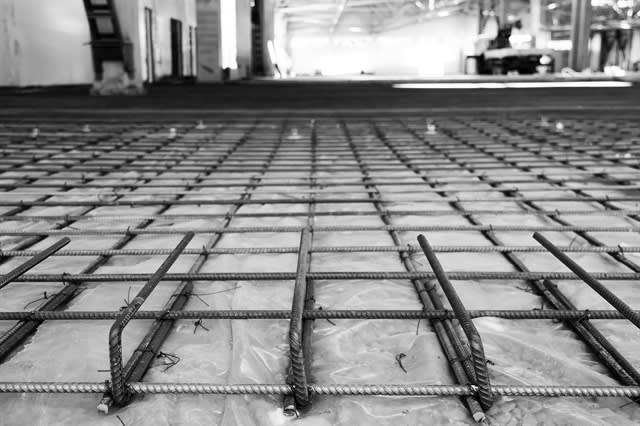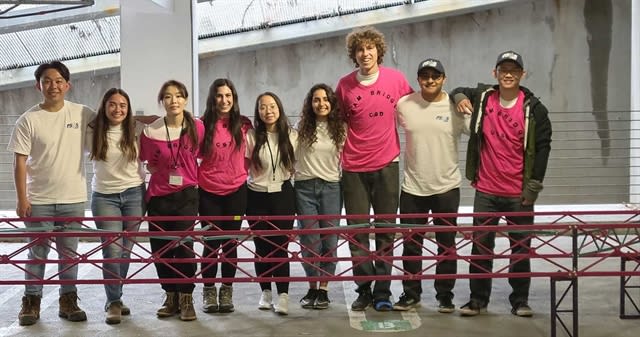densedds
Geotechnical
- Feb 20, 2013
- 15
Hi all,
I am looking for advice on a office building I had built in 2009. The ground was actuallly scraped in October of 2008. Up here in the Dakotas, it turned very cold and due to the elevation of the existing lot, fill had to be hauled in to reach floor height. The building was scheduled for a four inch concrete slab floor. The elevation of the finished floor was to be 836.5 feet above sea level. The beginning elevation of the existing lot was 833. The elevation of the bottom of the footings was 830.2. The interior of the building was filled with lean clay that was in 20 degree below zero farienhiet. The exterior walls and roof was in place at the time of the floor pour. No windows were in and no heat in the building. They did use heat blankets in an attempt to thaw the ground, but no soil compaction tests were done prior to the pour. I now have a beautiful office building with a floor that has significant settleing Ff of 20 and Fl of 7.6. Their are areas that drop 2 3/4 of an inch in 3 feet. In short it was back filled with frozen clay. Is it commmon to do this type of backfill in -20 temperatures and get it compacted good enough to prevent settling?
densedds
I am looking for advice on a office building I had built in 2009. The ground was actuallly scraped in October of 2008. Up here in the Dakotas, it turned very cold and due to the elevation of the existing lot, fill had to be hauled in to reach floor height. The building was scheduled for a four inch concrete slab floor. The elevation of the finished floor was to be 836.5 feet above sea level. The beginning elevation of the existing lot was 833. The elevation of the bottom of the footings was 830.2. The interior of the building was filled with lean clay that was in 20 degree below zero farienhiet. The exterior walls and roof was in place at the time of the floor pour. No windows were in and no heat in the building. They did use heat blankets in an attempt to thaw the ground, but no soil compaction tests were done prior to the pour. I now have a beautiful office building with a floor that has significant settleing Ff of 20 and Fl of 7.6. Their are areas that drop 2 3/4 of an inch in 3 feet. In short it was back filled with frozen clay. Is it commmon to do this type of backfill in -20 temperatures and get it compacted good enough to prevent settling?
densedds




